 Blog
Blog What It's Like to Take an Interview with TheySaid's AI
What It's Like to Take an Interview with TheySaid's AIWhat It's Like to Take an Interview with TheySaid's AI
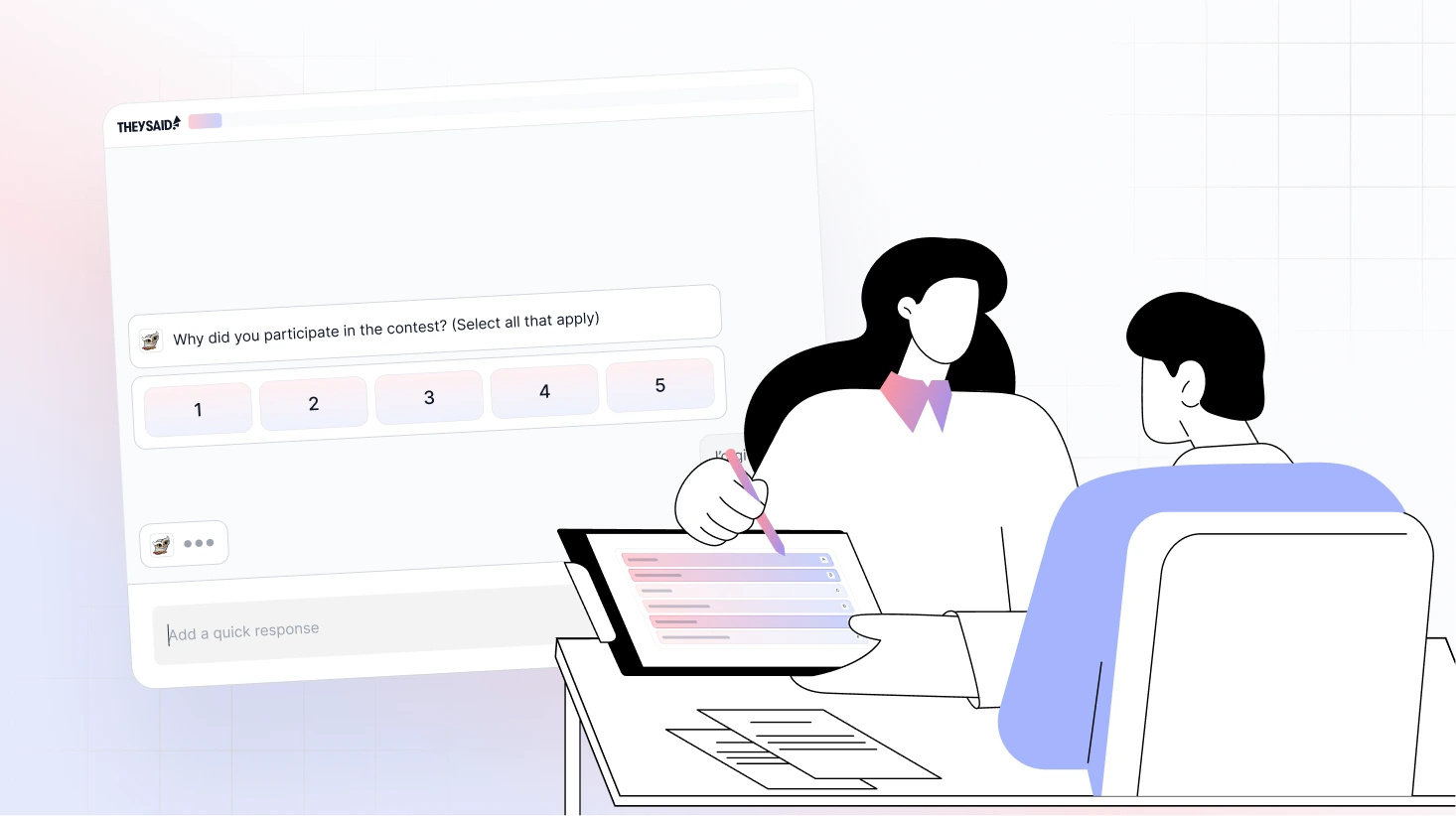
You receive an email invitation to participate in an interview. The subject line mentions "AI-powered conversation" instead of traditional scheduling details. When you click the link, you find yourself face-to-face with an interface that looks nothing like conventional survey platforms or video conferencing tools.
This is your first encounter with AI interviews.
Whether you're a job candidate, customer providing feedback, or research participant, the experience fundamentally differs from traditional interview formats. The technology transforms how organizations gather insights from people while creating more engaging interactions for participants.
Understanding AI Interviews Beyond Hiring
While AI interviews gained initial recognition in recruitment, their applications extend far beyond job screening. Organizations use these conversational platforms for customer research, post-event feedback collection, market analysis, and employee engagement studies. The core technology adapts to different contexts while maintaining the same interactive, personalized approach.
Customer success teams deploy AI interviews to understand churn patterns and satisfaction drivers. Product managers use them to gather user feedback on new features. Market researchers conduct studies with larger sample sizes and deeper insights than traditional surveys allow. The conversational format works across multiple industries and use cases.
The Interface: First Impressions Matter
TheySaid’s AI interviews platform presents a clean, minimalist design. You see a chat-style interface similar to messaging applications you use daily. The AI introduces itself professionally, explains the interview purpose, and outlines what to expect.
Unlike static survey forms with predetermined questions, the interface feels dynamic. Each response you provide influences subsequent questions. The AI acknowledges your answers and builds upon them, creating a sense of genuine conversation rather than form completion.
The progress indicator shows interview advancement without creating pressure. Most AI interviews are completed within 10-15 minutes, though complex topics may require additional time. The platform accommodates different response styles, accepting both typed and spoken input depending on participant preference.
How AI Interviews Adapt to Your Responses
The sophistication becomes apparent through question progression. When you mention specific experiences, challenges, or preferences, the AI explores those areas more thoroughly. This adaptive questioning distinguishes AI interviews from traditional research methods that follow rigid scripts.
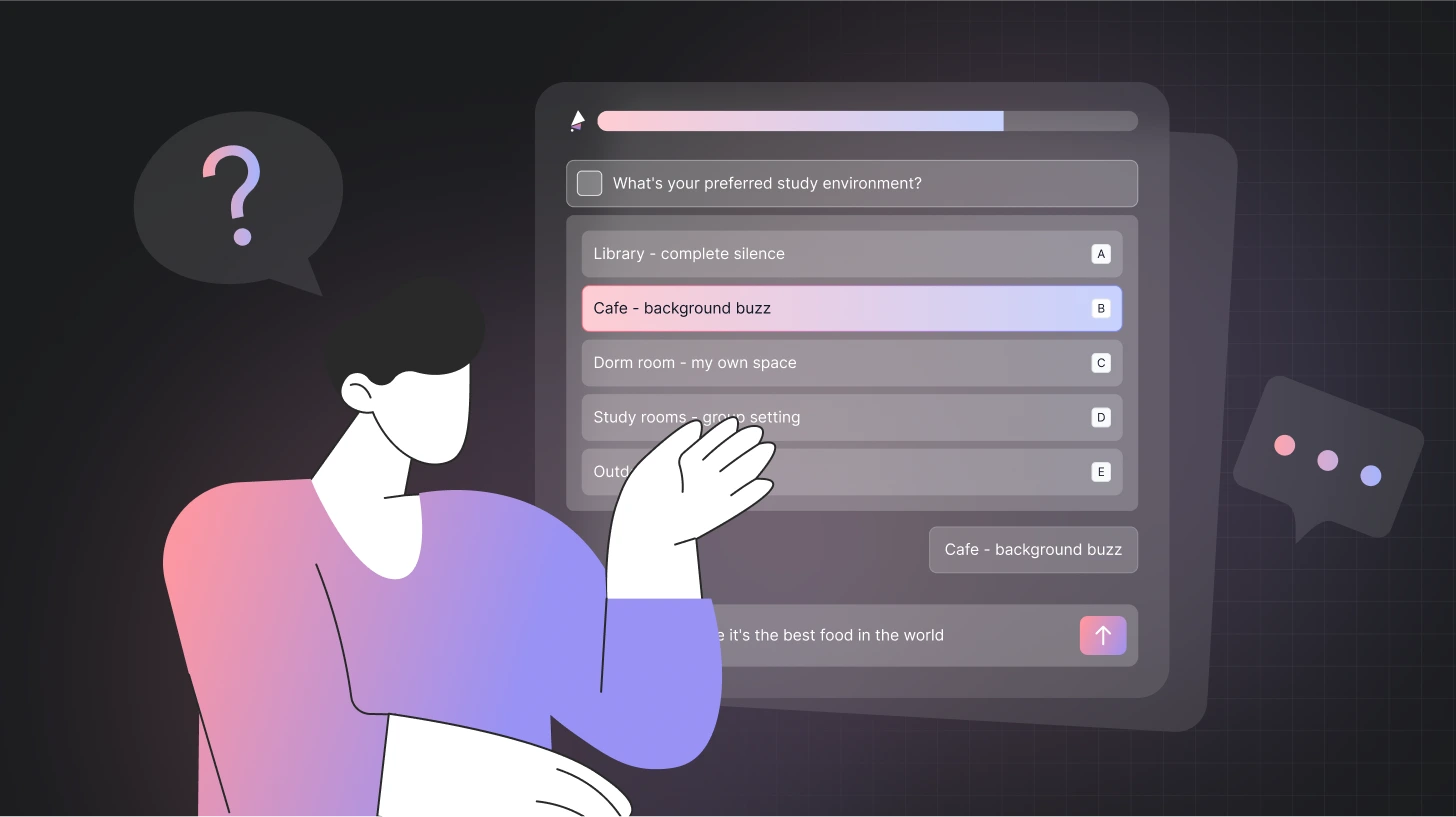
For customer feedback sessions, if you mention dissatisfaction with a particular feature, the AI investigates the specific issues, alternative solutions you've considered, and factors that might improve your experience. Job candidates discussing leadership experience receive follow-up questions about team management philosophy, conflict resolution approaches, and specific achievements.
This responsiveness creates more valuable data for organizations while providing participants with a sense that their input matters. The AI demonstrates active listening through contextual follow-ups that human interviewers sometimes miss due to time constraints or preparation limitations.
The Professional Conversation Experience
Participants consistently report that AI interviews feel more like structured conversations than interrogations. The AI maintains a professional tone while encouraging detailed responses. Questions flow logically from previous answers, creating natural dialogue progression.
One participant noted: "The AI interview was comfortable. It felt more like a conversation than an interview and I was able to do it from the comfort of my own home." This comfort level often leads to more honest, detailed responses compared to traditional methods.
The asynchronous nature allows participants to think before responding without awkward silences or pressure to fill dead air. This particularly benefits individuals who process information differently or need time to formulate thoughtful answers.
Reducing Traditional Interview Barriers
TheySaid eliminate many obstacles that limit participation in traditional research and screening processes:
- Geographic flexibility - Participants engage from any location without travel requirements or office visits
- Time zone independence - Global organizations collect insights without coordinating across multiple time zones
- Accessibility accommodation - Text-based options reduce stress for participants with social anxiety or hearing difficulties
- Device compatibility - Works on smartphones, tablets, and computers through standard web browsers
- Scheduling elimination - No calendar coordination or availability matching between multiple parties
- Language processing - Natural conversation flow without technical jargon or complex survey terminology
- Privacy protection - Participants respond from comfortable, private environments without external observation
Smart Question Generation and Follow-Up
The AI demonstrates sophisticated understanding through its questioning strategy. Rather than working from static templates, it generates follow-up questions based on response content, industry context, and research objectives. This creates interview depth that matches experienced human researchers while maintaining consistency across all participants.
When customers discuss product usage patterns, the AI explores specific workflows, pain points, and feature requests. Research participants sharing opinions receive probing questions that uncover underlying motivations and decision factors. The system builds comprehensive profiles while keeping conversations engaging.
Data Quality and Consistency Benefits
Organizations using AI interviews report improved data quality compared to traditional methods. The consistent questioning approach eliminates interviewer bias and ensures all participants receive equivalent attention. Every conversation maintains the same professional standard regardless of timing or external factors.
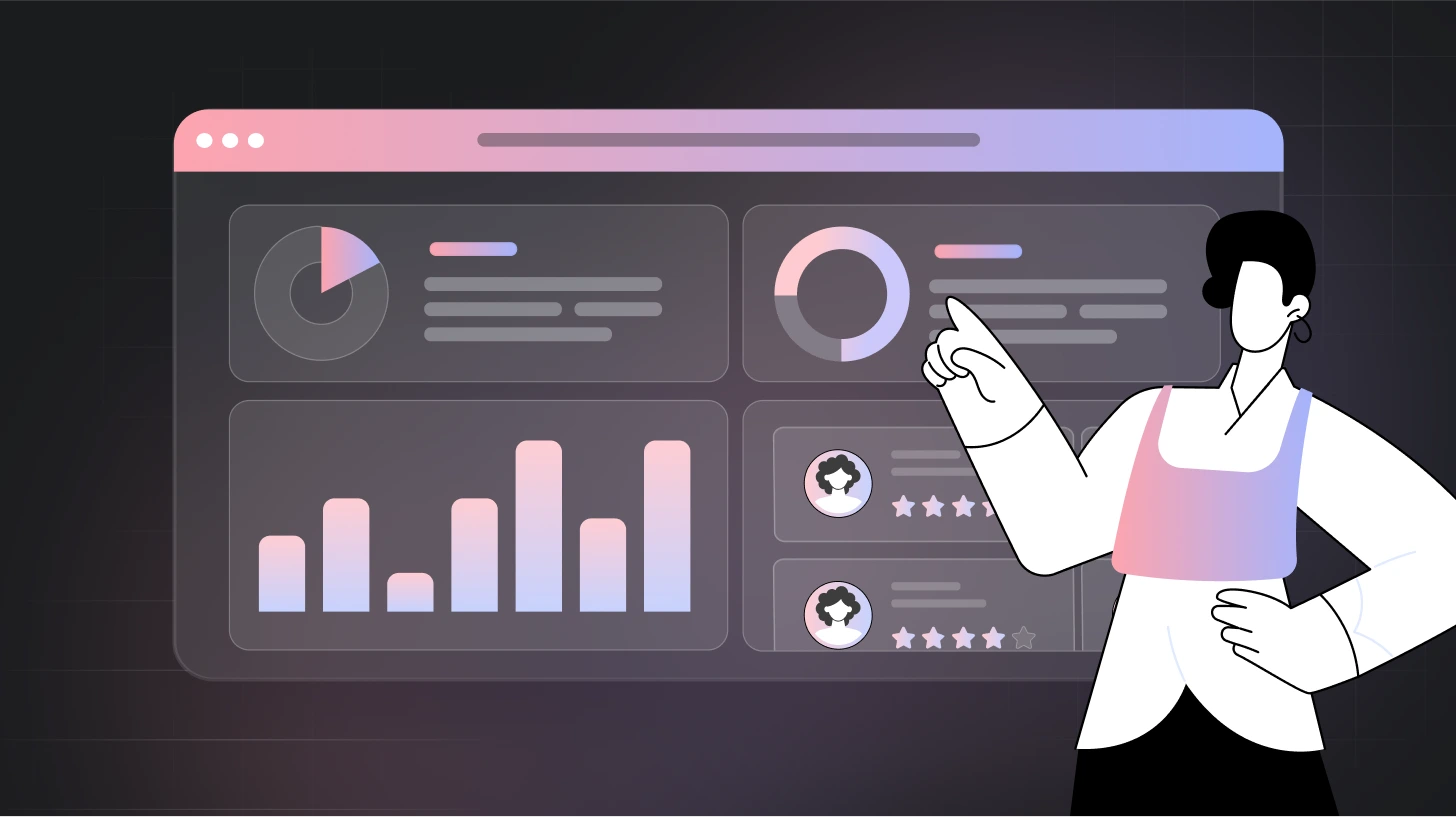
The platform captures complete responses without note-taking errors or memory gaps that affect human-conducted interviews. Automatic transcription and analysis provide structured data that integrates easily with existing research workflows and customer management systems.
Multi-Industry Applications and Use Cases
Organizations across various sectors implement AI interviews to address specific business needs and gather targeted insights:
The conversational format proves particularly valuable for sensitive topics where participants might hesitate to share honestly in traditional formats. Customer churn interviews reveal candid feedback about competitor advantages and internal service failures. Employee exit interviews capture detailed insights about management practices and cultural issues.
Read - A Step-by-Step Guide to Interviewing Churned Customers with AI
The Technology Behind Natural Conversations
TheySaid's platform employs natural language processing to understand response context and generate relevant follow-up questions. Machine learning algorithms identify patterns across conversations while maintaining individual personalization. The system learns from successful interactions to improve question quality and participant engagement.
The AI recognizes industry-specific terminology, role-based experiences, and contextual nuances that generic chatbots miss. This specialization creates more meaningful conversations and higher-quality insights for organizations investing in the technology.
Participant Experience Across Different Use Cases
Customer feedback sessions through AI interviews typically focus on specific product experiences, support interactions, or service delivery issues. The AI explores satisfaction drivers, improvement opportunities, and competitive comparisons that inform strategic decisions.
Market research participants engage with questions about purchasing behavior, brand perception, and market trends. The conversational approach uncovers insights that traditional surveys miss, particularly around emotional drivers and decision-making processes.
Job candidates experience screening questions tailored to role requirements and company culture. The AI evaluates technical competencies, soft skills, and cultural fit indicators that inform hiring decisions.
Real-World Implementation Results
Organizations implementing AI interviews report significant efficiency gains and improved participant satisfaction. Customer success teams gather more detailed feedback in less time. HR departments screen candidates more thoroughly while reducing scheduling overhead. Research teams conduct larger studies with deeper insights.
"This AI interview was a lot less stressful than an interview with a person. I felt that I was able to better represent my skillsets because I didn't have to worry about making a good impression over the phone," shared one participant.
The platform enables organizations to scale personalized interactions without proportional increases in human resources. This scalability proves particularly valuable for global companies managing diverse stakeholder groups.
Integration with Existing Workflows
AI interviews integrate with customer relationship management systems, human resources platforms, and research databases. The structured data output feeds directly into analysis tools and reporting dashboards without manual processing requirements.
Organizations can trigger AI interviews based on specific events - customer service interactions, employee milestones, or product usage patterns. This automation ensures timely feedback collection while maintaining conversation quality.
Read - How to Give an Interview Using AI (Step-by-Step Guide for Job Seekers)
Key Takeaways
- AI interviews often create conversational experiences that feel more natural and engaging than traditional methods
- Adaptive questioning helps generate personalized interactions while supporting data consistency
- The platform can reduce geographic and scheduling barriers that sometimes limit interview participation
- Organizations may gain deeper insights and improved participant satisfaction compared to static survey approaches
- Integration capabilities support workflow incorporation with minimal disruption to existing research processes
Modern AI interviews represent a significant advancement in how organizations gather insights from stakeholders. The technology maintains human-like conversation quality while providing scalability and consistency that manual processes cannot match.
For participants, TheySaid interviews offer more engaging, accessible ways to share feedback and experiences. The conversational format encourages detailed responses while accommodating different communication preferences and accessibility needs.
Companies implementing AI-powered interviews gain competitive advantages through faster insight collection, improved data quality, and enhanced participant experiences. The technology transforms feedback gathering from a necessary administrative task into a strategic capability that drives informed decision-making.
Frequently Asked Questions
What types of organizations use AI interviews?
AI interviews serve diverse industries, including technology companies conducting user research, healthcare organizations gathering patient feedback, financial services performing market analysis, and HR departments screening candidates. The conversational format adapts to customer success initiatives, employee engagement studies, and market research when organizations need scalable, personalized interactions that generate deeper insights than traditional survey methods.
How do AI-powered interviews maintain conversation quality across different participants?
TheySaid's platform uses natural language processing and machine learning to understand response context and generate relevant follow-up questions. The AI recognizes industry terminology and conversational nuances while maintaining consistent professional standards. Each participant receives personalized attention based on their responses, yet evaluation criteria remain standardized across all conversations.
Can TheySaid handle sensitive or complex topics effectively?
The platform excels at addressing sensitive subjects because participants often feel more comfortable sharing honestly with AI than human interviewers. The non-judgmental interface and private setting encourage candid responses about challenges or personal experiences. The AI maintains professional boundaries while exploring topics thoroughly through contextual follow-up questions.
How long do different types of AI interviews typically take?
Interview duration varies by purpose. Customer feedback sessions are complete within 8-12 minutes, job screening interviews range from 10-15 minutes, and market research conversations extend to 15-20 minutes when exploring detailed preferences. The adaptive format allows natural pacing without artificial time constraints.
What happens to the data collected during interviews?
Interview responses integrate directly with organizational systems, including CRM platforms, HR databases, and research analytics tools. The platform provides structured data output with automatic transcription and initial analysis. Organizations configure data retention policies, privacy settings, and access controls based on their requirements and compliance regulations.






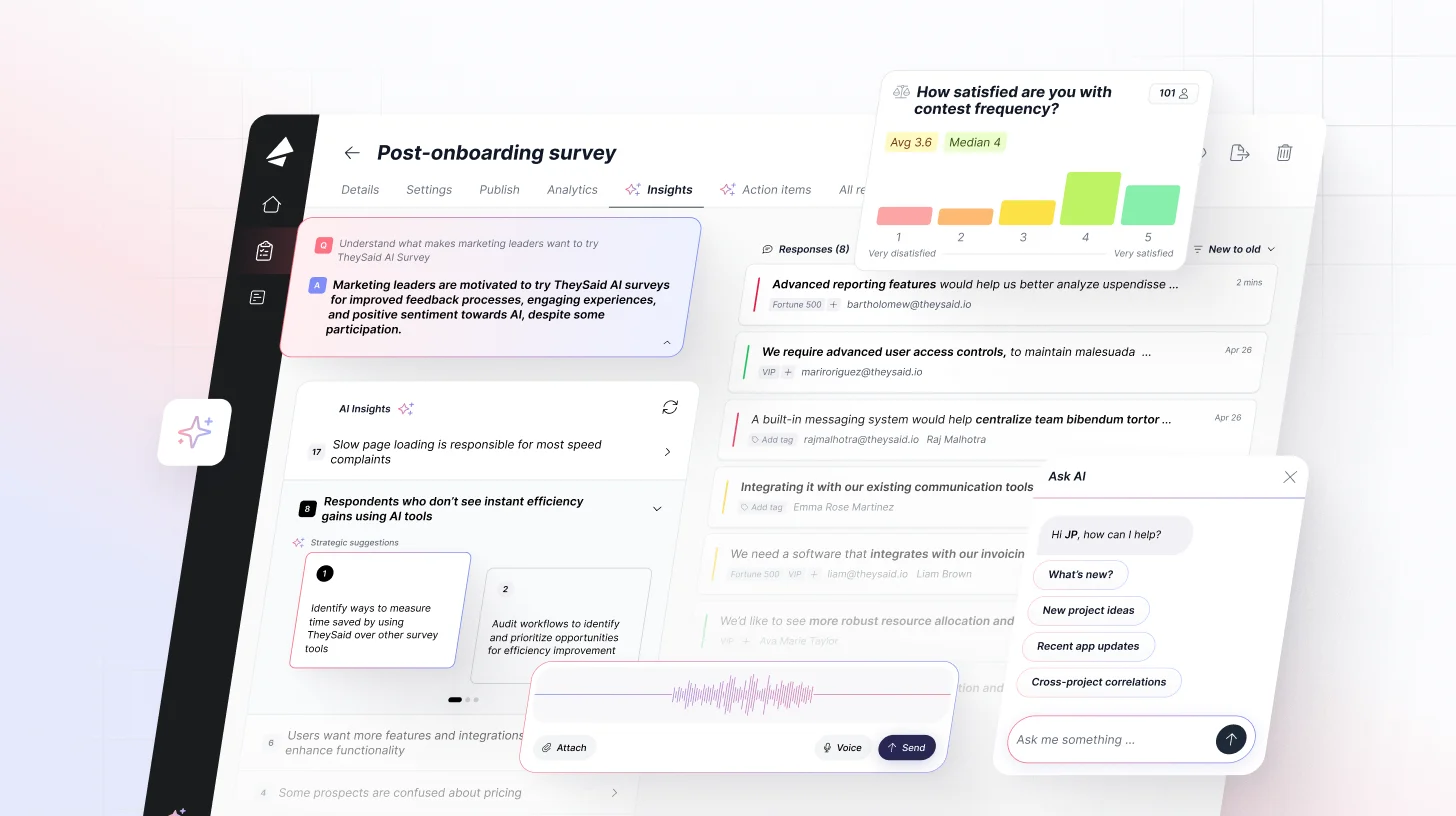
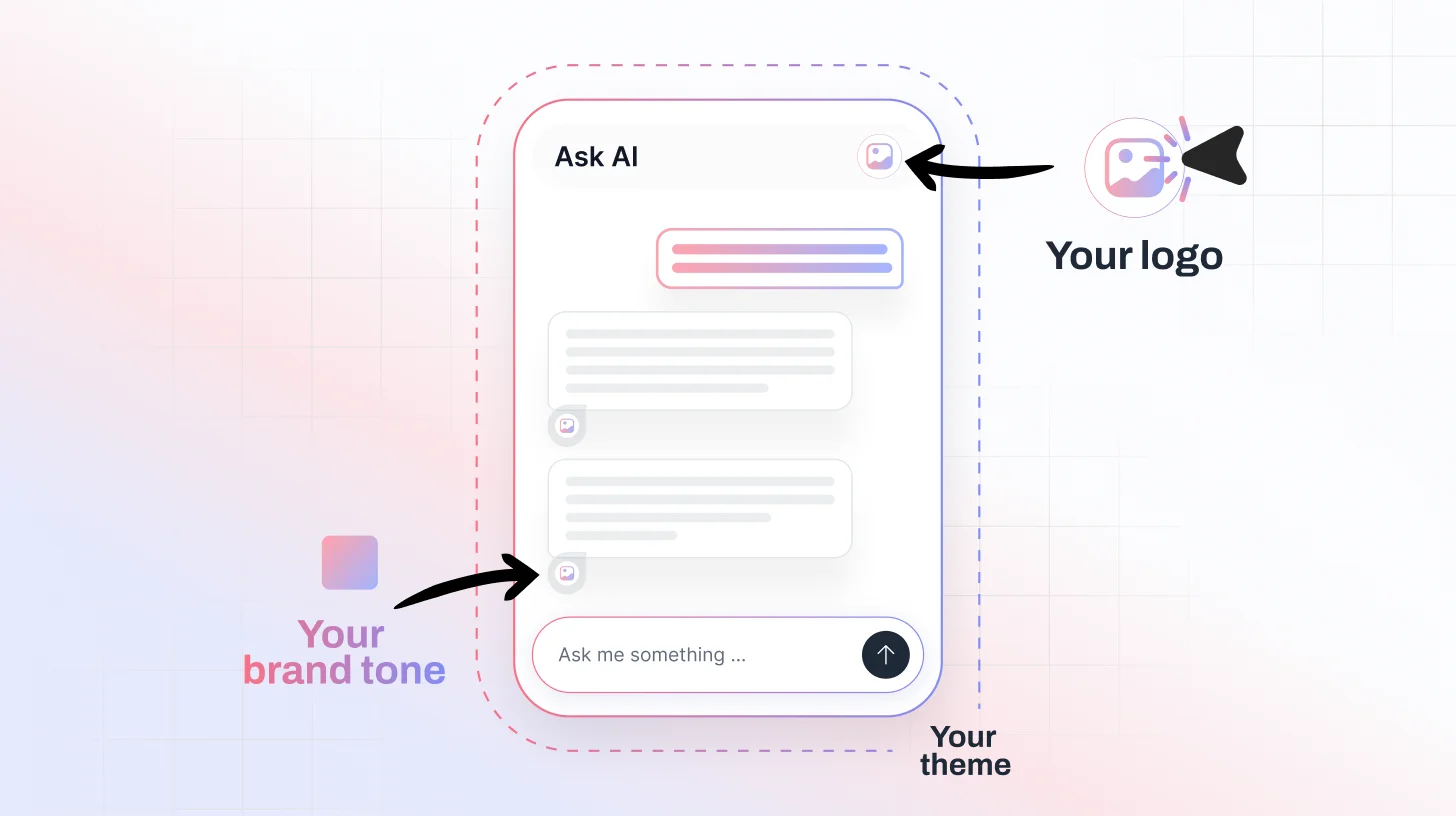








.svg)